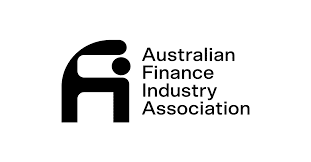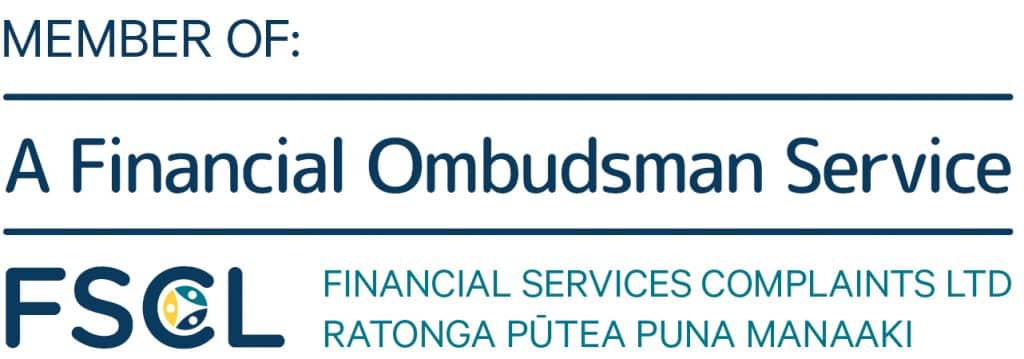Yes, checks are going the way of the dinosaurs.
The process began in the Nordic countries. In Finland, domestic checks were declared extinct a quarter of a century ago. Denmark did away with them over four years ago. Norway and Sweden will be next since checks are rarely used there anyway and they are both expensive and inconvenient for those who try.
In fact, checks have been on the way out for some time. “Large-institution check payments showed an accelerated decline of 4.8 percent by number from 2016 to 2017,” noted the Federal Reserve Board in its 2018 report. In addition, the Fed found, “the decline in the national total number of check payments was 3.0 percent per year from 2012 to 2015 compared with steeper declines from 2000 to 2012.”
Why Is Checking Becoming a Thing of the Past?
For starters, blame the growth of e-commerce. Online shopping can only work with credit or debit cards. And consumers aren’t complaining, since unlike checks, credit and debit cards provide chargeback protection.
The e-commerce transformation became irreversible in February 2019, when the U.S. Department of Commerce reported that the total market share of “non-store” retail sales surpassed that of “general merchandise” for the first time. By then, the writing was already on the wall for checks. According to the Fed’s statistics, between 2016 and 2017 “the value of remote payments increased 14.8 percent, compared with in-person payments, which increased 4.4 percent.” That is more than three-times faster. So not only have consumers been using their credit and debit cards to pay for the increasing numbers of transactions, but they are also using their credit and debit cards to purchase more expensive items than they did in the past.
A secondary but no less important reason for the decline in checking is the digitization of banking services. Today, salaries as well as recurring payments for public utilities, telephones and communications services, insurance, and even taxes are transferred by direct deposit between banks without you having to lift a finger. Neobanks (also known as digital or virtual banks), which have no branch offices and operate solely online, are expediting this trend. Today there are more than 250 neobanks globally and their number and influence will continue to rise.
The third, but most obvious reason why checks are doomed, is that the last pre-digital generation of checkwriters is aging, retiring and, alas, departing. They are being replaced with descendants who are wedded to their smartphones from kindergarten. They have no idea how life could have existed before the internet was invented. And they have never been taught how to balance a checkbook either, let alone write a check.
And What Do Banks Really Think about Checks?
By the way, for their part, traditional brick-and-mortar banks aren’t nostalgic about checks. They’re happy to see checks go because they’re a drag on their resources. Check processing is manually intensive, costly because it is paper and risky because checks are easy to forge. Faking checks is a quick way for fraudsters to get easy money.
Bottom line: If you still have a checkbook, hang onto it. You eventually may be able to sell it to an antique dealer or donate it to a museum so future generations will be able to see how the ancients paid for their transactions.






